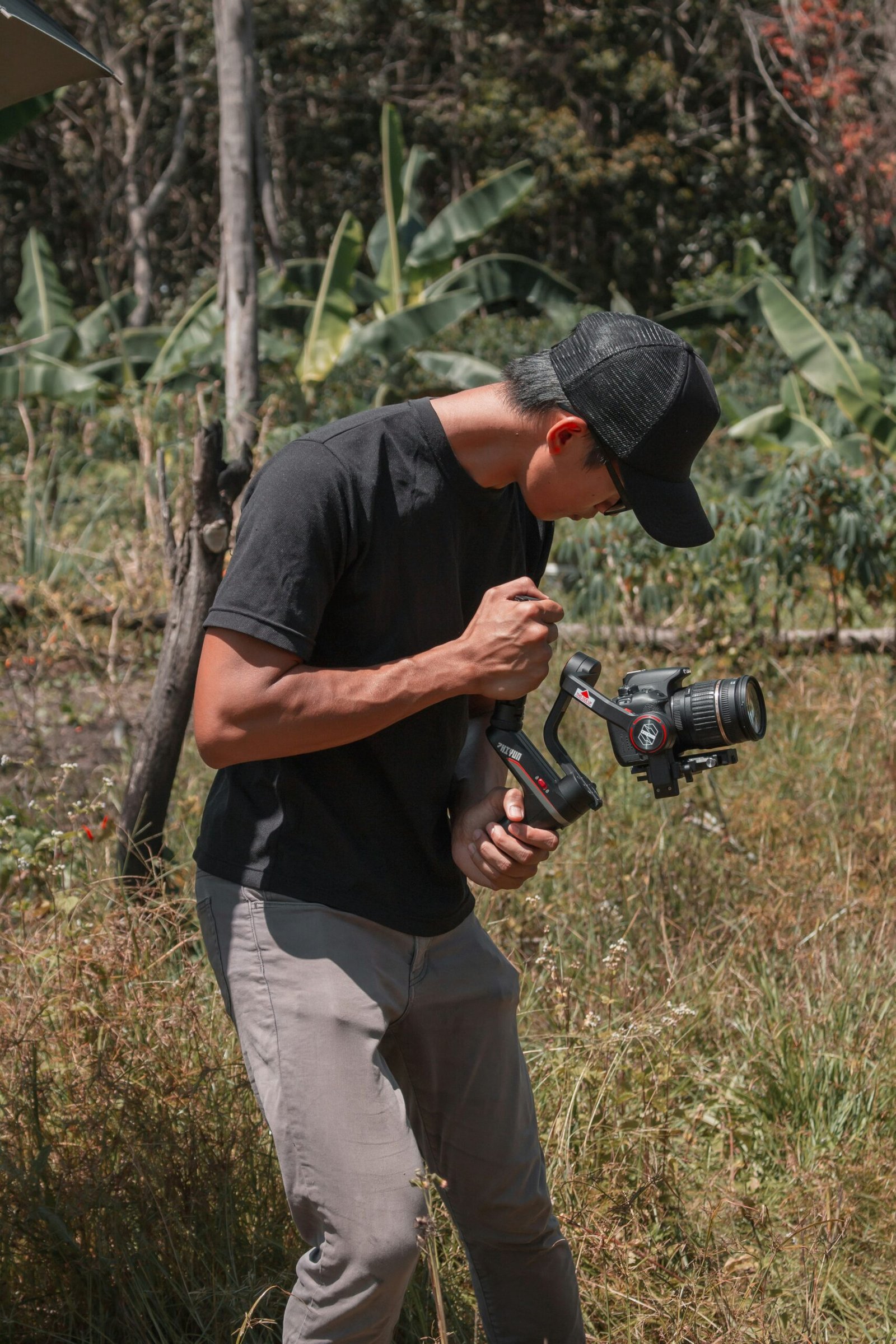Introduction to San Antonio’s Rich Cultural Heritage
Renowned for its vibrant cultural tapestry, San Antonio stands as a testament to the mingling of Spanish, Mexican, and Native American legacies. Founded in 1718 as a Spanish colonial outpost, the city’s inception marked the beginning of a complex history that would see it become a focal point of cultural convergence. The Spanish missions, including the iconic Alamo, serve as poignant reminders of the early influences that have left an indelible mark on the city’s landscape and its spirit.
The Mexican cultural infusion in San Antonio cannot be overlooked. Following Mexico’s independence from Spain in 1821, San Antonio emerged as a crucial hub within the newly formed Republic of Mexico, further enriching its cultural milieu. Today, fiestas, traditional music, and culinary flavors reflect this enduring Mexican influence, bringing a distinctive vibrancy to the city’s atmosphere.
The Native American presence predates all colonial endeavors and continues to resonate through San Antonio’s cultural heritage. Indigenous tribes, such as the Coahuiltecans, have contributed deeply to the region’s identity. Their traditions and histories are woven into the very fabric of San Antonio, visible in art, place names, and community practices.
Historical events also play a significant role in shaping San Antonio. The struggle for Texas independence, symbolized by the Battle of the Alamo, is a cornerstone of the city’s narrative. This event, often immortalized in photography, epitomizes the resilience and spirit that defines San Antonio’s character. Similarly, the establishment of the Spanish missions was pivotal, as these outposts became the nucleus around which communities flourished, blending diverse cultural elements into a cohesive whole.
Capturing San Antonio’s cultural heritage through photography involves more than just documenting places; it is about conveying the essence and stories that these historical sites embody. The unique mix of Spanish, Mexican, and Native American influences offers a rich canvas for photographers aiming to encapsulate the soul of this dynamic city.
Photographing The Alamo: A Historic Landmark
The Alamo stands as a testament to the rich and complex history of Texas, making it an essential subject in the pursuit of capturing the essence of San Antonio’s cultural and historical tapestry. Originally a mission converted into a fortress, The Alamo is a symbol of resistance and resilience, immortalized by the pivotal 1836 battle during the Texas Revolution. Photographing The Alamo not only offers an opportunity to capture its timeless architecture but also to reflect on the profound stories that it embodies.
To achieve the most striking images, consider photographing The Alamo in the early morning or late afternoon. These periods offer soft, angled light that enhances the depth and texture of the building’s limestone façade. Morning light typically provides a serene and less crowded environment, allowing for more focused shots without the interference of tourists cluttering the scene.
For capturing the detailed architecture of The Alamo, focus on key elements such as the carved stone front, the wooden doors, and the long-standing walls. Close-up shots of these features can highlight the intricate craftsmanship and the wear of time, adding a layer of historical depth to your photographs. To emphasize the building’s stature and historical importance, consider shooting from a lower angle. This perspective provides a dramatic elevation, making the structure appear grander and more imposing.
Balancing the detailed shots with wider frames is crucial for contextualizing The Alamo within its surroundings. Wide-angle lenses can capture the broader scene, blending the historical landmark with the bustling activity of modern San Antonio. Including the landscaped plaza and other nearby historic structures can portray the juxtaposition of past and present, enriching the narrative of your collection.
Exploring and Capturing the San Antonio Missions
The San Antonio Missions, a group of five Spanish frontier missions located along the San Antonio River, hold a UNESCO World Heritage designation, representing a significant chapter in American history. These missions, comprising Mission Concepción, Mission San José, Mission San Juan, Mission Espada, and the renowned Alamo, offer a unique glimpse into the early Spanish colonial era and the cultural tapestry they wove in this region.
Each mission serves as a chapter in the larger narrative of San Antonio’s history. Mission Concepción, founded in 1731, stands as the oldest unrestored stone church in America, its preserved frescoes and imposing structure making for a compelling subject. Capturing the stoic beauty of its stone walls and interior requires an eye for symmetry and ambient light that emphasizes the textured architecture.
Mission San José, often referred to as the “Queen of the Missions,” is celebrated for its intricate stone carvings and expansive, well-preserved grounds. The Rose Window, a famous architectural feature, is best photographed in late afternoon light, which accentuates its elaborate detailing. Wide-angle lenses are recommended to encompass the grand scale of the mission in your frame.
Mission San Juan and Mission Espada are quieter yet equally captivating, offering rich histories dating back to the early 18th century. These locations, with their sprawling farmlands and simpler structures, provide ample opportunities to practice patience with natural light photography, capturing the serene interaction between the missions and their organic surroundings.
The Alamo, the most famous of the missions, holds a profound place in American history. To capture its essence, consider visiting during early morning or late afternoon when the soft light reduces harsh shadows, allowing the historic structure’s formidable presence to shine through. Given the site’s popularity, planning your visit during less crowded hours is essential for avoiding large groups in your photographs.
Framing each mission within the context of its environment enhances the narrative. Using natural frames, such as arches and doorways, or including vegetation in the foreground can provide depth and a sense of place. Utilizing leading lines in your compositions can draw viewers’ eyes through the image, ensuring the mission’s historical grandeur is highlighted.
The Flavor of the Fiesta: Photographing Cultural Festivals
San Antonio is a tapestry of cultural diversity, and nowhere is this more vibrantly displayed than in its array of cultural festivals. One of the most eminent events is Fiesta San Antonio, an annual celebration that spans over ten days and encapsulates the city’s rich history and vibrant community life. Capturing the essence of such festivals through photography requires a keen eye for vibrancy, colors, and the myriad emotions that unfold during these events.
To truly capture the spirit of cultural festivals like Fiesta San Antonio, photographers must immerse themselves in the atmosphere. The parades are a highlight, featuring elaborately decorated floats, dancers in traditional costumes, and live music that ignites the streets with palpable energy. For capturing these moments, consider using a fast shutter speed to freeze the action, paired with a wide aperture to create a striking depth of field, highlighting key elements against a blurred background.
Costumed participants offer another focal point for extraordinary images. Their intricate outfits are not just visually stunning but are also rich in cultural significance. Approach these participants respectfully and seek to capture candid moments—emotions range from the concentration of performers readying themselves to the joyous expressions caught mid-dance. Use a zoom lens to get close-up shots without intruding, ensuring you capture the detail in their attire while respecting personal space.
The essence of these festivals also lies in spontaneous moments. Keep your camera ready to seize unscripted interactions—the laughter of children enjoying stalls, vendors animatedly selling their wares, or onlookers’ expressions of awe and admiration. These unplanned moments often convey the unpredictability and joie de vivre that define these celebrations. Photographing in burst mode can be beneficial here, capturing multiple frames per second to ensure you get the perfect shot of unpredictable, lively scenes.
In summary, capturing the cultural festivals of San Antonio requires a blend of technical skill and cultural sensitivity. By focusing on the vivid parades, intricate costumes, and spontaneous interactions, photographers can create a visual narrative that encapsulates the energy and diversity of these colorful events.
Street Photography in the Historic Market Square
Nestled in the heart of San Antonio, Market Square is a vibrant testament to the city’s rich cultural heritage. This bustling marketplace, often referred to as “El Mercado,” provides photographers with endless opportunities to capture the essence of local life. Known for its lively atmosphere, Market Square is where vendors, musicians, and shoppers come together to create a tapestry of colors, sounds, and emotions, making it a prime location for street photography.
As a photographer, your goal is to capture the authenticity and spontaneity that defines this locale. Start by roaming the market with an observant eye, allowing the interplay between people and their environment to guide your lens. Candid shots of vendors showcasing their handcrafted goods, musicians strumming traditional tunes, or families enjoying a leisurely afternoon can bring out the true spirit of Market Square. Approach your subjects respectfully, and engage with them when appropriate to capture more intimate and revealing moments.
Focusing on the small details can also enrich your collection. Aim your camera at the intricate patterns of embroidered textiles, the vibrant hues of traditional Mexican clothing, and the elegant arrangements of fresh produce. These close-ups not only provide variety but also highlight the artistry and dedication behind every item in the marketplace.
Lighting plays a crucial role in street photography. Utilize natural light to enhance the vibrancy of the market’s colors and capture the expressions of people in a flattering manner. Early mornings or late afternoons, when the light is softest, often yield the best results.
In street photography, the principle of authenticity reigns supreme. The goal is not merely to document but to tell a story of the daily lives and enduring traditions of Market Square’s community. Observe, be patient, and take your time to immerse yourself in the surroundings. Your photographs will then reflect not just what you saw, but what you experienced, capturing the soul of Market Square in its most genuine form.
Capturing the Artistic Side: Murals and Street Art
Exploring the vibrant streets of San Antonio reveals an ever-changing canvas of murals and street art that are deeply entwined with the city’s cultural and historical narratives. These artwork pieces are far more than just visual spectacles—they encapsulate stories, beliefs, and the essence of the community. Strolling through neighborhoods like the Historic Market Square and Southtown, one can witness an eclectic mix of murals that reflect everything from the city’s rich Mexican heritage to contemporary social issues.
When it comes to photographing these artistic masterpieces, timing and location are crucial. Early mornings or late afternoons are optimal for shooting, as the softer, angled light helps to bring out the vibrancy and details without casting harsh shadows. Additionally, lesser crowds during these times contribute to a more immersive experience, allowing you to capture the essence of these murals undisturbed.
For an immersive photographic journey, consider visiting San Antonio’s East Side, home to a plethora of murals symbolizing African-American history and culture. The Guadalupe Cultural Arts Center is another hotspot, with numerous murals set against the backdrop of a historically significant neighborhood. Each mural serves as both an artistic expression and a historical testament, providing a rich narrative thread that you can weave into your photographic story.
Incorporating these vivid artworks into a cohesive photographic story involves more than just snapping pictures. Think about the thematic connections—whether it’s the depiction of cultural heritage, social commentary, or communal identity—and seek to portray these elements consistently across your shots. Including elements of the surrounding environment, such as local architecture or everyday life happening around the murals, can provide context and depth, creating a more engaging and meaningful photographic narrative.
By thoughtfully capturing the murals and street art of San Antonio, photographers can celebrate not only the city’s artistic prowess but also its enduring spirit and diverse cultural heritage.
Bridging Past and Present: The Urban Development of San Antonio
San Antonio is a city where the past seamlessly converges with the present, offering a unique canvas for photographers seeking to capture the essence of its cultural and historical narrative. The city’s urban landscape is an intricate tapestry of historical architecture juxtaposed with contemporary structures, each telling its own story. This blend provides a wealth of opportunities for capturing striking contrasts and complementarities in your photography.
One of the most prominent areas to document this confluence is the San Antonio River Walk. Known for its lush greenery and winding pathways, it also features historical landmarks like the Spanish Governor’s Palace and the Alamo. These relics of the past stand resolutely against the backdrop of modern high-rises and innovative riverfront developments. To encapsulate this dynamic, consider framing your shots to include both the old and the new in a single composition, using leading lines to guide the viewer’s eye from historical to contemporary elements.
Another notable location is the Pearl District, a former brewery turned vibrant cultural hub. Here, the juxtaposition between restored industrial buildings and sleek new constructions offers a rich playground for urban photography. Focus on capturing the texture and materials of aged brickwork in contrast to the smooth surfaces of new buildings. Utilizing natural light during golden hours can further enhance the drama of these contrasts, adding depth and warmth to your images.
Downtown San Antonio also presents itself as a picturesque collage of eras. In areas where historic theaters, vintage hotels, and modern skyscrapers coexist, composition techniques like symmetry and asymmetry can highlight the harmony and tension between different architectural styles. By experimenting with various angles and distances, you can emphasize how the city’s identity is shaped by this ongoing dialogue between its storied past and its evolving present.
In capturing San Antonio’s urban development, remember that each photograph represents a chapter in its enduring story. By thoughtfully juxtaposing its historical roots with its contemporary ambitions, your images can offer viewers a deeper understanding of the city’s unique character and its journey through time.
Final Thoughts and Practical Photography Tips
San Antonio is a city steeped in rich cultural and historical heritage, offering photographers a unique opportunity to capture its essence through the lens. From the architectural splendor of Spanish missions to the vibrant art scenes, the Alamo City beckons to photographers with its diverse subjects. Remember, the true spirit of a place like San Antonio can be best immortalized when approached with respect and sensitivity to its historical and cultural significance.
When photographing in San Antonio, a few practical tips can help elevate your work. Firstly, consider using a versatile lens, such as a 24-70mm or a 50mm prime lens. These lenses are excellent for capturing both wide-angle shots of architectural marvels and detailed portraits of local artisans. Additionally, experiment with different camera settings. Use a lower ISO to reduce noise, set your aperture between f/8 and f/13 for sharp landscapes, and embrace the golden hour—shortly after sunrise or before sunset—to capture the city’s hues in their best light.
Post-processing can also significantly enhance your photographs. Software like Adobe Lightroom or Photoshop can help you adjust the contrast, exposure, and saturation to reflect the mood and colors accurately. However, strive for subtle edits that complement, rather than overpower, the natural beauty of your subjects. Techniques like dodging and burning can add depth, while careful cropping can improve composition.
Importantly, always show the utmost respect towards the cultural and historical sites you photograph. Gain permission when photographing people, especially in culturally sensitive areas, and follow any posted guidelines or restrictions to help preserve these cherished locations.
Lastly, engage with the community and learn their stories. The narratives you discover can inspire and inform your photography, resulting in images that truly capture the soul of San Antonio. By approaching your craft with thoughtfulness and technical acumen, you can create compelling photographs that honor the city’s rich heritage while showcasing its enduring beauty.




